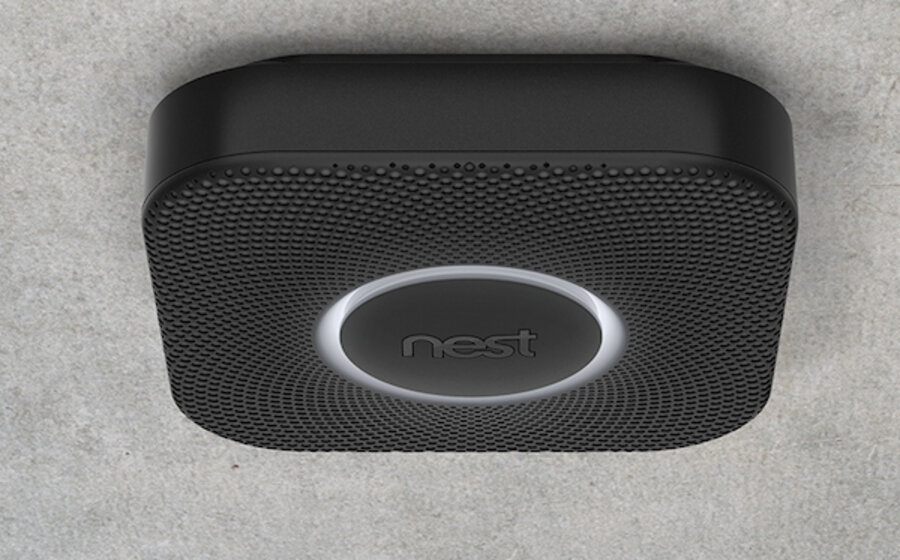Nest Protect returns, without problematic hand-gesture control
Loading...
A faulty function took Nest’s carbon monoxide and smoke detector, Nest Protect, off the shelves shortly after its release last fall.
Now the Google-owned company is re-releasing the home necessity with a discounted price in hopes of winning customers back to its business of revitalizing “boring” home items.
Protect was initially launched in October as a next-generation carbon monoxide and smoke alarm, a necessary home accessory that has been left untouched by innovators for decades. Nest, which previously released a high-tech customizable home thermostat, aimed to make the “unlovable” device “beautiful” by outfitting the Protect with hand gesture controls that end unnecessary beeping, smart technology that sent messages between devices in different rooms, and an app that could control the whole thing.
There was just one problem, and definitely not a problem customers wanted to run into with their carbon monoxide and smoke detector. It didn’t always work.
In April, Nest took all its Protect devices off the shelves and issued a software update that disabled the hand gesture controls. As it turns out, the device was reading any waving, even if not direct at the detector, as a gesture to turn off the smoke alarm. The mistake triggered a recall of 440,000 smoke and carbon monoxide detectors by the Consumer Product Safety Commission.
Now, however, the product is back on the shelves, noticeably without the hand gesture function. Nest has been sly about Protect’s return, burying the announcement that the device is back on shelves at the bottom of a lengthy post on some research it has recently completed. It does not mention the hand-gesture issue or the recall. But it did mention the price has dropped. The Protect now runs for $99, about $30 less than before. However, that price is still about $70 above the average cost of a smoke detector.
Along with announcing the return of Protect, Nest released its first ever white paper on carbon monoxide (CO), using data it has collected from the Protect devices installed and connected to the Internet (Nest says the number is in the “hundreds of thousands”). Here are some of its findings:
- 0.15 percent of homes experienced a CO event per month between November 2013 and May 2014.
- The length of CO events ranged from 3 minutes to more than 24 hours, with a median of 1 hour and 17 minutes.
- At least one million households across the US, UK, and Canada are exposed to high levels of carbon monoxide each year.
"CO poisoning kills over 400 people a year in the U.S. alone, according to the Centers for Disease Control and Prevention,” writes Doug Sweeny, Nest’s head of marketing. “We’re dedicated to seeing that number decline.”








